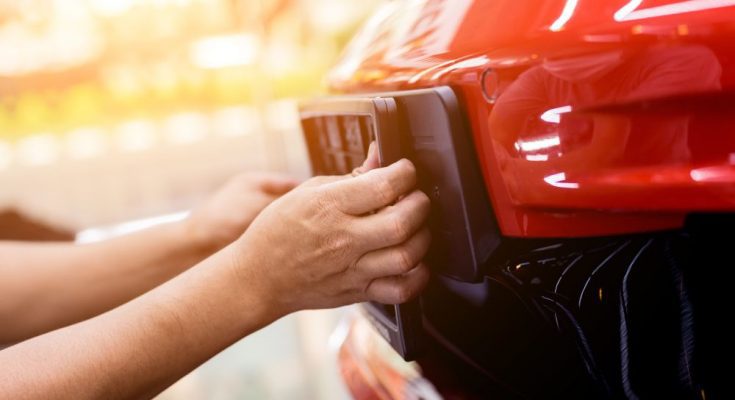Most of us get a license plate when we buy a new vehicle. We register it and put a little sticker on it every year, but how much do we really know about these plates? There are a lot of unique facts about license plates in America that you may have never thought about until now.
1. Vanity Plates Started in 1931
In 1931, Pennsylvania was the first state to allow drivers to create a customized license plate instead of a sequence of letters and numbers. Back then, drivers could only put their initials on their vanity plates.
2. Why You Need To Remove Your Plates
After selling or trading in your vehicle, it’s pretty common to remove the license plate. The main reason you want to do this is that the plate is often registered to an individual. You may be liable if you don’t remove your license plate and the new owner uses your car for something illegal.
3. Potatoes Played a Big Part
These days, most states have several unique license plates that highlight something special about the state, like Hawaii’s iconic rainbow. However, early plates used letters and numbers with no distinct graphics to differentiate between regions. The first graphic to appear on a license plate was a potato in Idaho in 1928.
4. One or Two Plates?
One unique fact about license plates in America is that you may need to register one or two plates depending on where you live. Currently, nineteen states only require rear-facing plates when registering a vehicle. Many states that don’t need one claim it’s an issue of aesthetics or cost, but most of the world finds requiring a front and rear license plate a better option from a legal perspective.
5. Soy-Based Plates
During World War II, when most metal went toward wartime efforts, America utilized a different material to make license plates. The United States made plates out of a soybean-based fiberboard, and many of these plates are still in good condition today as they are not prone to rust like metal plates.


